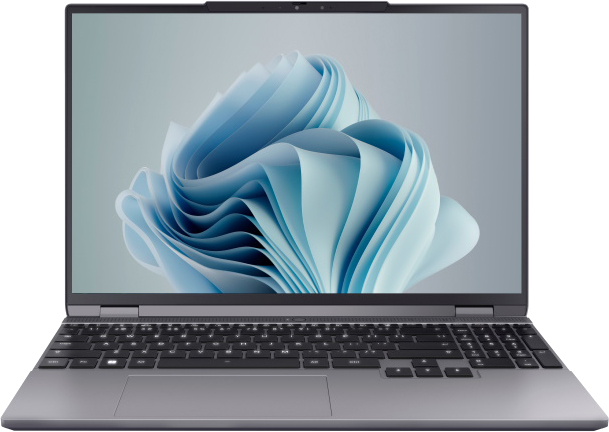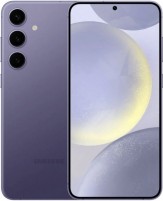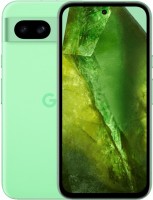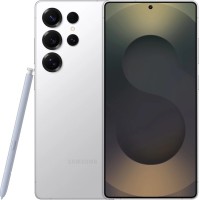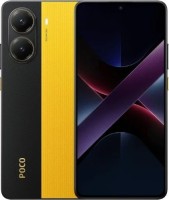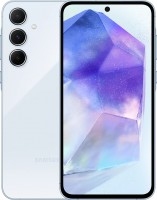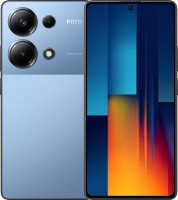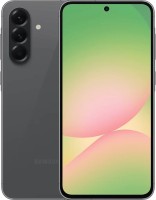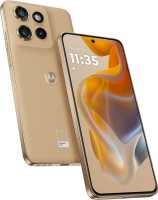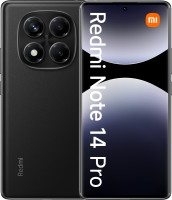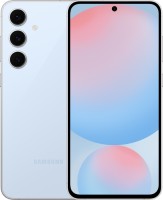Чем отличаются версии Bluetooth: от 2.1+EDR до новейшей 6.0
Niezależnie testujemy rekomendowane przez nas produkty i technologie.
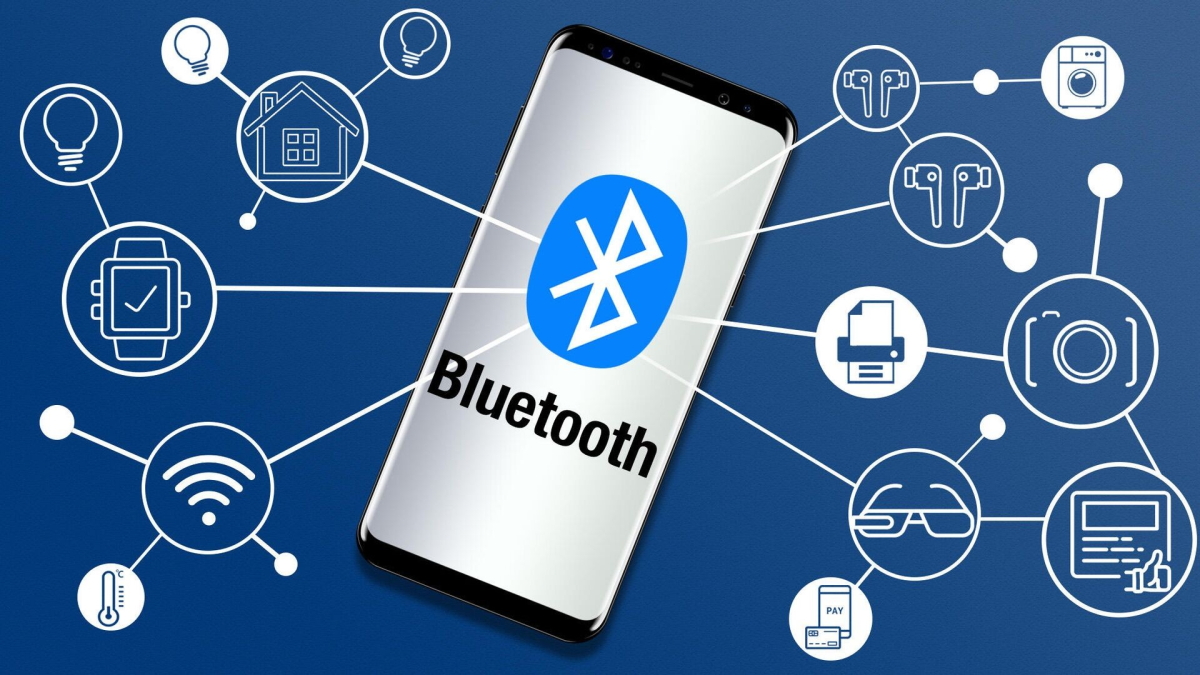
Bluetooth 1.1 is no longer relevant, but historically the first version that solved the problem of poor compatibility of Bluetooth 1.0 chips from different manufacturers. The main polarizers were Ericsson, IBM, Intel, Toshiba and Nokia. The simplest privacy appeared: devices no longer had to exchange their real names when connecting, instead, you could write a nickname. The actual data transfer rate was only 0.7 Mbit/s.
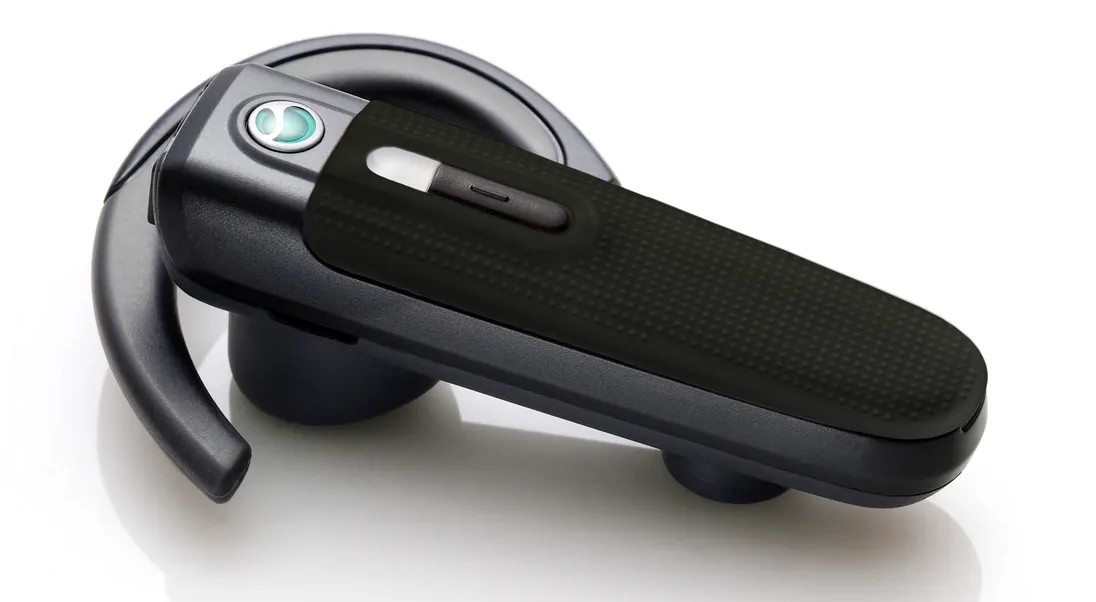
Bluetooth 2.1+EDR — the most common version in the past and is still occasionally used today. The Enhanced Data Rate extension increased the speed to 3 Mbit/s, while energy consumption decreased fivefold thanks to Sniff Subrating. This version of Bluetooth is the basis for contactless payment Near Field Communication. Bluetooth 2.1+EDR can still be found in budget wireless mice, keyboards, gamepads and selfie sticks, that is, gadgets that transmit a minimal amount of data.
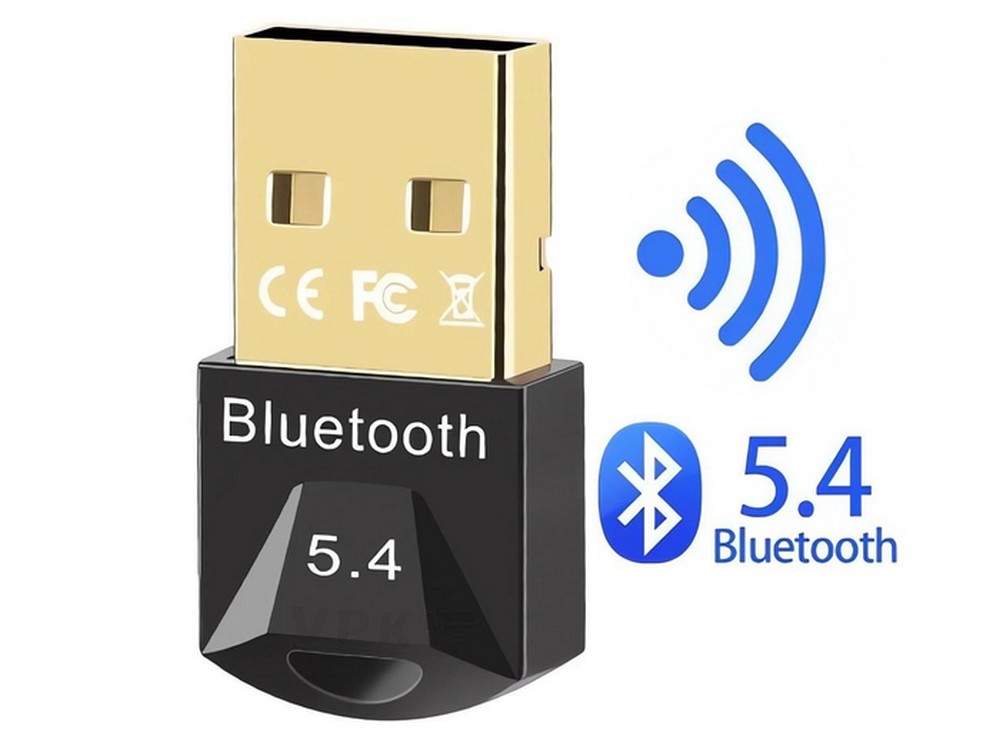
Bluetooth 3.0+HS is a failed attempt to create a competitor to Wi-Fi. For this purpose, the usual Bluetooth up to 3 Mbit/s and High Speed up to 24 Mbit/s were combined. For comparison, the then Wi-Fi 802.11g gave a quite comparable 54 Mbit/s. The chip automatically chose which of the two protocols to transfer the file, depending on its size. The developments of Bluetooth 3.0+HS gradually developed into an alternative technology Ultra-Wide Band up to 480 Mbit/s, which, due to frequency restrictions, only works in a few countries.
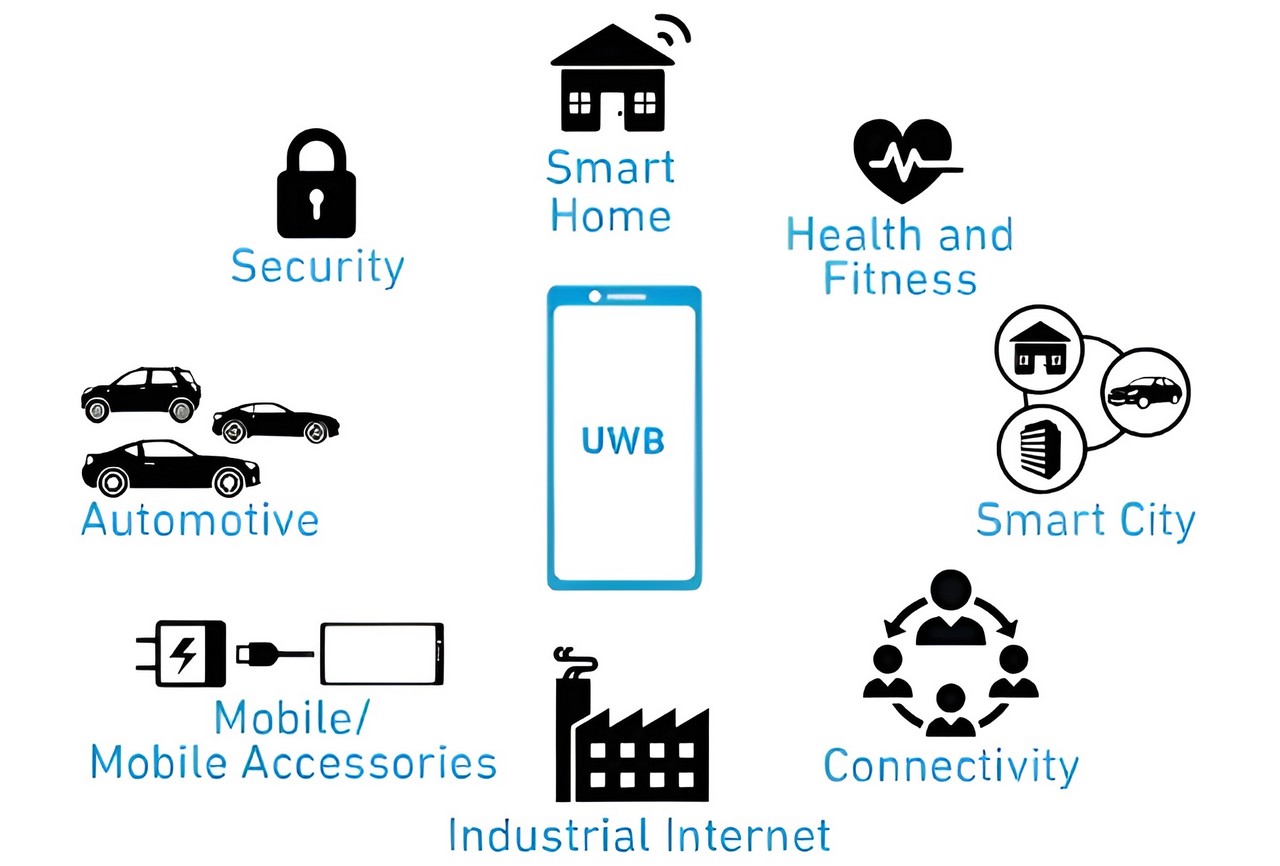
Bluetooth 4.2+LE — the focus has shifted from ultra-fast data transfer to minimizing battery consumption for the so-called Internet of Things (IoT). All kinds of smart home and sports equipment sensors can operate via Bluetooth Low Energy for months or even years on a single CR2032 coin cell battery. Wireless transmission is turned on only briefly to send sensor readings, after which it is turned off. The radio frequency conflict with 4G LTE mobile networks has been eliminated.
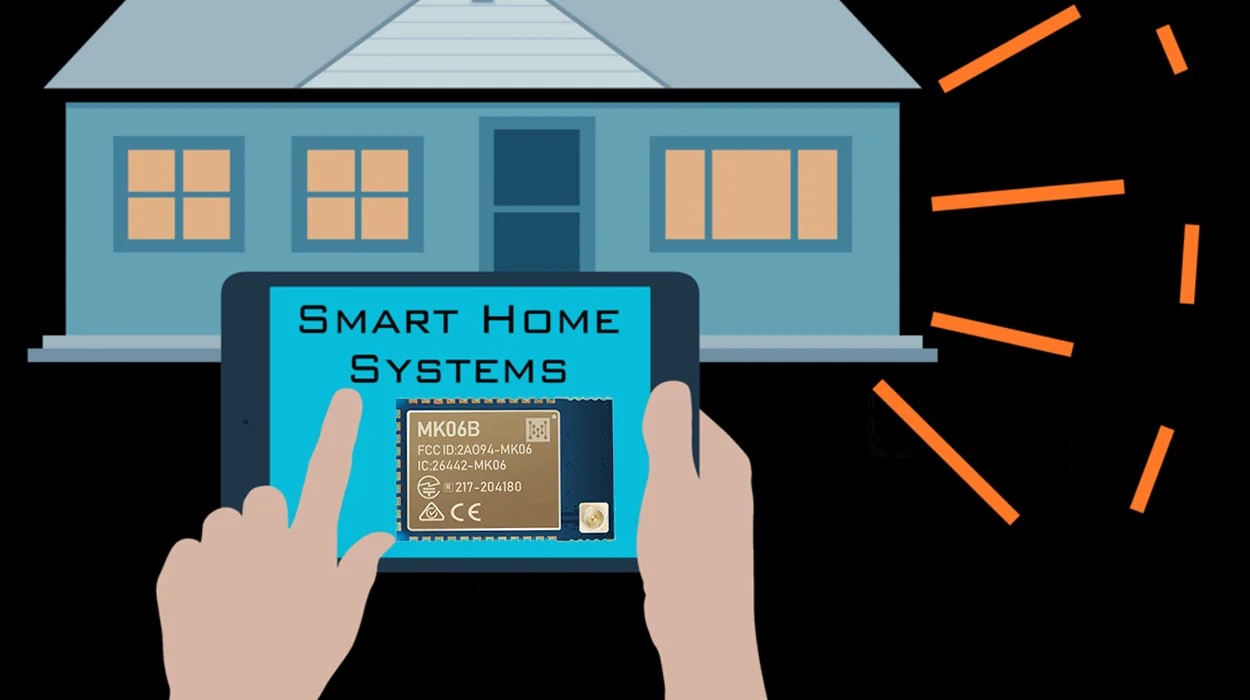
Bluetooth 5.0 — the theoretical reception range has increased from 60 to 240 meters. The speed in LE mode has increased from 1 to 2 Mbit, and in HS mode — from 24 to 50 Mbit. Bluetooth 5.1 added positioning: now you can determine the location of the device and the distance to it with high accuracy. It is used for Bluetooth tags that are attached to various things, such as suitcases. In turn, Bluetooth 5.2 brought LE Power Control to adjust the signal strength between devices.
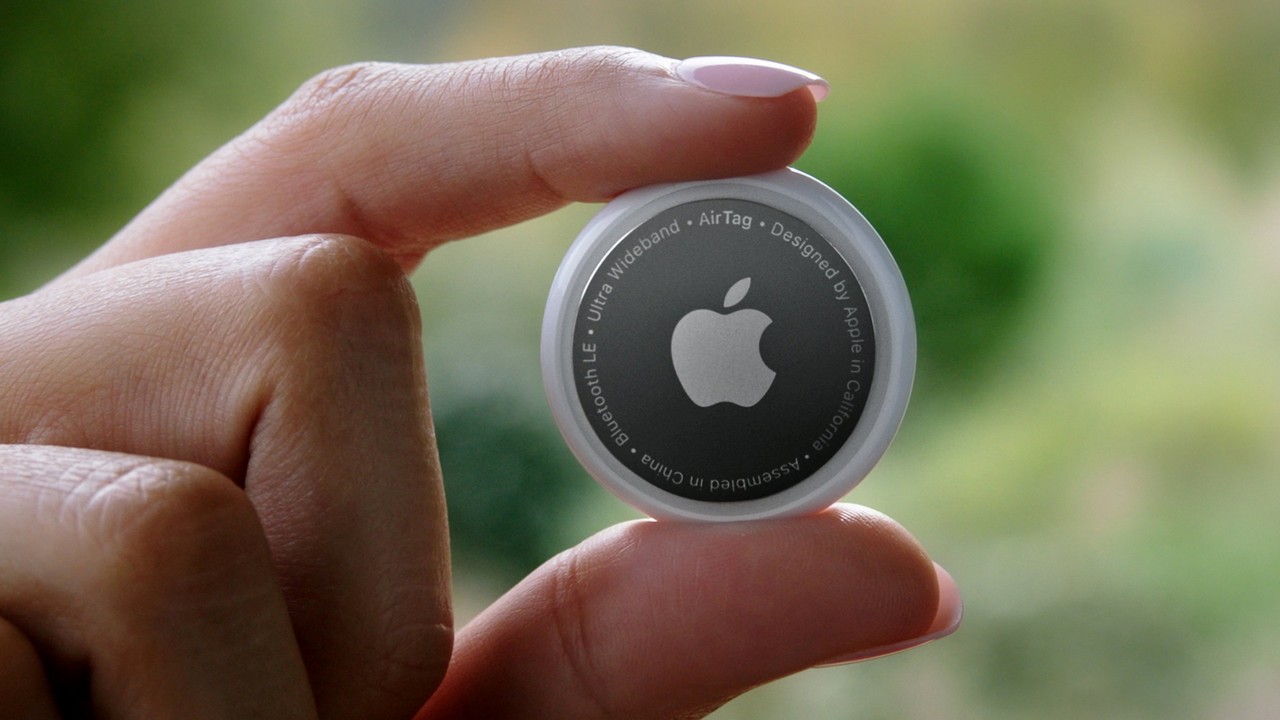
The subsequent Bluetooth 5.3 and 5.4 accelerated automatic reconnection of previously paired devices that were again within range, and strengthened data encryption with the AES-128 algorithm. And quite recently, the Bluetooth 6.0 standard was announced, which, thanks to Channel Sounding, determining the distance with an accuracy of up to a centimeter, will replace UWB in the future. They also promised to reduce the latency of audio transmission, especially if wireless headphones are connected to two sound sources at the same time.
Headphones

| Amazon.pl | 607 zł | Do sklepu |
| Zadowolenie.pl | 500 zł | Do sklepu |
| Alsen.pl | 505 zł | Do sklepu |
| Bikeinn | 586 zł | Do sklepu |
| Morele.net | 839 zł | Do sklepu |
Soundcore Sport X20 is a stereo headset with hooks for secure fit on the ears during active workouts. The length is adjustable in 4 mm increments and the angle is 30 degrees, and the soft-touch coating does not rub the skin. The buttons are not touch-sensitive, but mechanical, so you can accurately control music and calls even on the run. Four pairs of silicone ear tips of different sizes are provided.
Maximum protection against water, sweat and dust IP68 allows you to swim in the pool and shower without removing the headphones. While most competitors are certified IPX5, which only allows jogging in the rain. The Bluetooth 5.3 wireless protocol ensures fast switching between two sound sources, such as a smartphone and a laptop.
Six built-in microphones provide effective noise isolation Adaptive ANC. You won’t hear other people’s conversations in the gym or the clanking of sports equipment. The 11 mm speakers deliver rich bass that motivates you to train harder. They work up to 12 hours on a single charge, up to 7 with ANC on and up to 48 with the case.
Smartphone
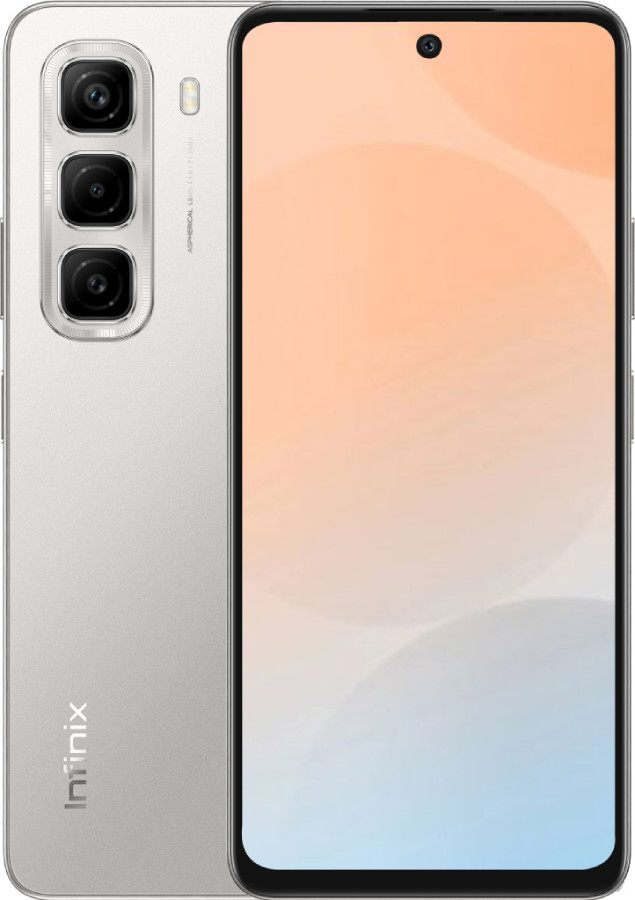
Infinix Hot 50 is a very thin smartphone, only 7.7 mm, with a 6.8-inch screen with a refresh rate of 120 Hz and a brightness of 800 nits. The MediaTek Helio G100 processor gives 430 thousand points in the AnTuTu benchmark. Eight gigabytes of physical RAM can be doubled programmatically using DRE technology, and the 256 GB permanent flash memory can be expanded with a MicroSD card.
Thanks to artificial intelligence, you can control the main 50 MP camera with your voice (the "Cheese" command). And you can remove random passers-by from finished photos with the "AI eraser". Video recording can be done from two cameras at once: the rear and the front 8 MP. The 5000 mAh battery has a resource of 1600 cycles, even after four years it will have 80% of its capacity.
This is enough for up to 8 hours of multiplayer games, bypass charging is also supported, when the smartphone is powered directly from the charger during the game. In addition to the 18 W charger, the kit includes a silicone case and a wired stereo headset. Wireless connections 4G LTE, Wi-Fi AC, Bluetooth 5.2 and contactless payment NFC are supported.
Laptop
Dream Machines GX5MRXG-15UA20 is a metal business-class laptop weighing only 1.6 kg. The screen resolution is 2560x1600 pixels, frequency 120 Hz and color gamut 100% sRGB. Above the screen there is a webcam with an infrared sensor for unlocking the laptop by face Windows Hello, stereo microphones and a privacy curtain.
Built on the Intel Core Ultra 5 125H processor of the Meteor Lake family, which combines 14 cores of different architectures. Four powerful cores are divided into virtual Hyper-Threading threads, eight energy-efficient cores are responsible for background tasks: music player, messengers, antivirus. Finally, two more ultra-economical cores work when the laptop is asleep.
The graphics card is integrated Intel Arc and the NPU neural module for artificial intelligence. The RAM is 16 GB DDR5, and the NVMe solid-state drive is a whole terabyte. There is a free slot for a second SSD and a Thunderbolt 4 port. Wi-Fi 6E and Bluetooth 5.3 are responsible for wireless communication. The battery has a capacity of 60 Wh, the complete charger has a power of 100 W, charging via USB Type-C is supported.
Artykuły, recenzje, przydatne porady
Wszystkie materiały







